Even beginners know they can’t cut grass when it’s too wet. But what they struggle with is how to tell if the grass is dry enough and ready to be mowed.
You need to wait for the grass to dry, but the question is, How Long? And that’s what we will answer in this article.
We will explain the reasons you shouldn’t cut grass, how long you should wait to let the grass dry, and how to test if the grass is dry enough. By doing some quick tests, you’ll be able to decide whether it’s the right time to cut the grass or you should wait longer.
Why You Shouldn’t Mow Wet Grass?
Mowing a wet lawn isn’t the right call. It could severely affect the grass, lawnmower, and yard. Here are some reasons why you shouldn’t mow wet grass.
Mower Clogging
When the grass is wet, the wet clippings stick under the lawnmower. It’s heavier than the dry grass and has adhesion because of water.
It remains around the lawnmower blade and accumulates more when you move forward. Because of the heavy build-up, it clogs the blade and puts strain on the engine, and could also cause it to stall. You’ll have to clear the mower every few minutes.
Secondly, because of moisture, the area metal under the lawnmower could also rust or corrode. Thus, wet grass is bad for your lawnmower.

Mower Can’t Run Properly
If there is too much water in the soil, the lawnmower won’t be able to move properly. Its wheel slips and slides and even gets stuck in the soil. Without proper traction and interaction with the ground, the mower won’t be able to perform well.
Soil Compaction
When you mow your wet lawn, you end up compacting the soil, and if it was already compact, you’ll make it worse.
The weight of the mower and the person is exerted on the wet soil, which compacts it. The distance between the soil particles is reduced. It deprives the soil and roots of air exchange, nutrients, and water.

It badly affects the root health, and your grass starts to suffer, and in the worst case, the grass dies. Thus, it is better to avoid mowing wet grass, especially if the soil is waterlogged. And it is recommended to perform lawn aeration once or twice a year to reduce soil compaction.
Uneven Cuts
Wet grass is slippery, heavy, and flexible. When the mower tries to mow, it is unable to cut the grass with perfection. Instead of clear cuts, the mower tears and rips the grass, which leads to uneven cuts. Once the grass dries, the unevenness becomes more visible and affects the lawn's aesthetics.
Disease Spread
The tearing of wet grass makes it vulnerable to diseases. It serves as an entry point for the disease and causes it to spread faster. The wet environment, which is favorable for the growth of pathogens, also fuels the process.
Even if you cut the wet grass, they compile together and make clumps. These leftover clumped clippings can lead to various diseases in the lawn. They hide the lawn surface and prevent sunlight from reaching the area. Thus, a favorable environment for fungus and mold is created.

Safety Hazard
Mowing a wet lawn is definitely a safety hazard. The mower loses traction, and the wheels can slip and slide. You might end up falling or tripping because of the slippery surface. Rather than putting yourself at risk, it’s better to wait for the grass to dry.
But the question is, when is the right time to cut wet grass safely? Let’s dive into the details.
How Soon You Can Cut Grass Safely
After Rain
Rain not only makes the grass wet but also makes the soil waterlogged. If the rain is like a drizzle and the soil is still not wet enough, you can wait for 4-6 hours.
But if it was raining heavily, you must wait at least 24 hours. It is needed to let the lawn get dry enough so that it becomes safe for mowing.
Morning Dew
Morning dew does not last long. Generally, you can wait till 10 AM, but it’s better to allow the sun to warm up the lawn for a few hours.
The dew will evaporate automatically, and you will have a perfectly dry lawn to mow.

After Watering
If you have watered your lawn, it is necessary to let it dry completely before you mow. A gentle sprinkle of water will need at least 4-6 hours to dry. But if you have watered too much, you will have to wait longer until the grass is dry and there is no water on the ground.
If you have an idea when the grass will be wet, you can schedule mowing on a robotic lawn mower, such as Navimow’s i105. So, even if you don’t have time to mow at that time, it will do the job on its own before it’s too late and the grass becomes wet again.

Bonus Reading: How Often to Mow Your Lawn
How to Know If the Grass is Dry Enough to Cut—Simple Tests
You can definitely wait for the said time we have discussed in the last section, but that’s not a hard and fast rule. Your lawn might need less or more time to get dry, and it depends on various factors, such as weather, the amount of water, duration of sunlight, etc.
The best way is to do some simple tests to figure out whether the grass is dry enough or not. It’s a better measure to avoid mistakes and be certain.
Expert gardeners recommend three simple tests to check the dry state of the lawn.
Visual Appearance
The visual appearance is the first indicator. If you are seeing tiny droplets of water and reflection on the grass, it clearly means there is still water on it.
Also, wet grass appears darker than dry grass. So, if you are seeing a deep-green hue, it means the grass is still wet.
You need to make sure your whole lawn is dry, not a certain area. For this test to offer better results, select a lawn area that is the most sheltered.

Walk on The Grass
Before you start mowing your lawn, you can take a walk to see how dry it is.
After walking 10-15 feet, notice your shoes and pants. If you see any grass clippings sticking, it means the grass is too wet. Keep in mind that it will be difficult to remove the clippings from your shoes, which indicates aggressive adhesion.
You will also notice the dampness of the soil when you walk on it. The soil will compact quickly as you walk, which means it’s waterlogged.
Check Flexibility
You need to check the flexibility of the grass. Take a few grass blades in your hands and bend them using your fingers.
If the grass folds without any resistance and it's too flexible, it means the grass is wet. Otherwise, the grass will snap or break when you try to bend it, which means it’s perfectly dry for mowing.
Your mower can’t cut the flexible grass.
Bonus Test—Use Your Hands and Feet and Sense
The last test that many gardeners use is the hand test. They use their hand on the grass to sense the moisture on it. It gives a clear idea in no time.
Along with that, some gardeners also check the soil moisture with their fingers.
Another great test is to take a walk on the lawn on your heels. Walk heel-to-toe a few feet and check the marks on the soil. If you feel squishy and the foot printing is visible with lasting depression, it means the soil is well.
And if you feel the firmness while walking and there is no depression on the ground, you’re good to go.

Further Reading: Best Time to Cut Grass
What If You Really Need to Mow Wet Grass?
Sometimes, you don’t have a choice. Imagine you have guests coming, and the lawn isn’t mowed.
In cases like these and worse, you might need to mow the lawn at all costs. It’s definitely not recommended, as you don’t have enough time to wait for the grass to dry.
If you are facing the same situation, you can try mowing your grass, but here are a few tips to make it successful.
Use PPE: As mowing wet grass is hazardous, you need to take care of yourself and use PPE. Put on safety glasses and wear closed-toe shoes or boots. They are mandatory to prevent trips and falls.
Adjust Height: When the grass is wet, it’s better to mow at a higher cutting height than the regular one. It will help you avoid short clippings. This is a special case when you don’t need to follow the one-third rule.
Cut Slowly: Cut slowly and carefully. Do not go as fast as usual. Take your time, especially when there are sharp turns.
Clean Clumped Clippings: After mowing, make sure to clean the clumped clippings with a rake. It is necessary if you don’t want to block the sunlight.

FAQs
Can I cut the grass if it's a little wet?
No, it is better to avoid until it’s dry enough. Otherwise, your mower will clog and you’ll get uneven cuts. There can be other adverse effects as well if the grass is too wet.
How to know if the grass is dry enough to mow?
You can do some tests to know if the grass is dry enough to mow. The easiest way is to inspect and look for water droplets on the grass. Secondly, you can take a grass clipping and try to bend it. If it’s dry, it will snap. You can also walk on the grass to see if the clippings stick aggressively to your shoes and pants, which is a sign of wet grass.
How long should you leave the grass to dry before cutting?
After watering or gentle sprinkling, you should wait 4-6 hours before your cut. And if there is too much water on the grass and soil, you need to wait longer.
What is the 1 3 rule for lawn?
The one-third rule is to cut the grass no more than one-third of its height. If the height is 3 inches, you should cut only one inch per mow.
Is it worth mowing wet grass?
No, it’s not worth mowing wet grass. It is hazardous, and you will witness mower clogging, uneven cuts, soil compaction, and disease spread. Wait and let the grass dry to mow with perfection.
Does wet grass dull mower blades faster?
Yes, wet grass dulls mower blades faster. Because grass is flexible when it's wet, the mower blade tears it instead of cutting, as it’s difficult to cut. Secondly, the clippings accumulate under the mower and put strain on it.
More Blog
When is the Best Time to Plant Grass Seed?
Every lawn owner is eager to get rid of those bald patches and make the lawn lush and green from every corner. But you can’t just grab grass seeds and plant them whenever you want. Beginners often don’t know the...
Summer Lawn Care Tips: Smarter Lawn Care for a Better Season
Summer's finally here. A time when the days are long, the sun is high, and the sweet smell of freshly cut grass hangs languidly in the air. For many of us, a lush, green lawn is the centerpiece of summer,...
Month-by-Month Lawn Care Calendar for the US
Lawns are sensitive, so you have to do everything at the right time, whether mowing, applying fertilizer, or watering. Otherwise, you will end up ruining your lawn while trying to make it healthier. Beginner gardeners and new lawn owners often...
How to Overseed a Lawn in Spring?
Does your lawn look thin and patchy? Many people would have suggested overseeding it in spring. But you’re still confused about how to complete that process. It’s not just sprinkling some seed on the soil and hoping water will do...
When To Fertilize Your Lawn In Spring
The first time you fertilize your lawn in spring can set up healthy, lush growth for the entire year. However, getting the time right is essential to ensure excellent results. You might be wondering how to figure out the perfect...
Should You Aerate Your Lawn in Spring
Planning to aerate your lawn this season, but unsure because of the mixed views on spring aeration? Many homeowners face the same confusion. Some say spring works fine, while others warn against it, which makes the decision harder than it...

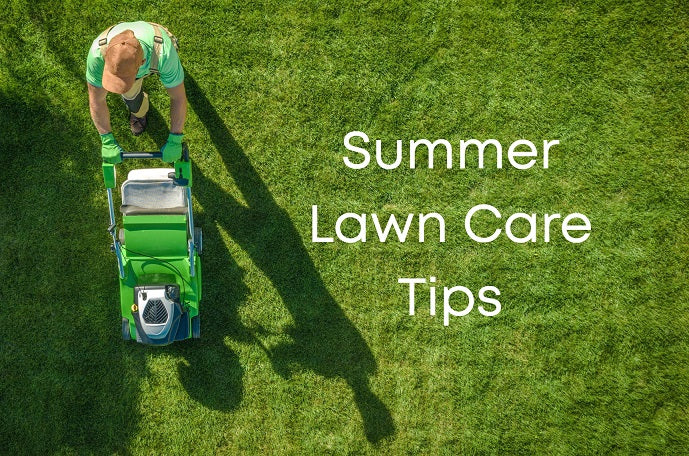
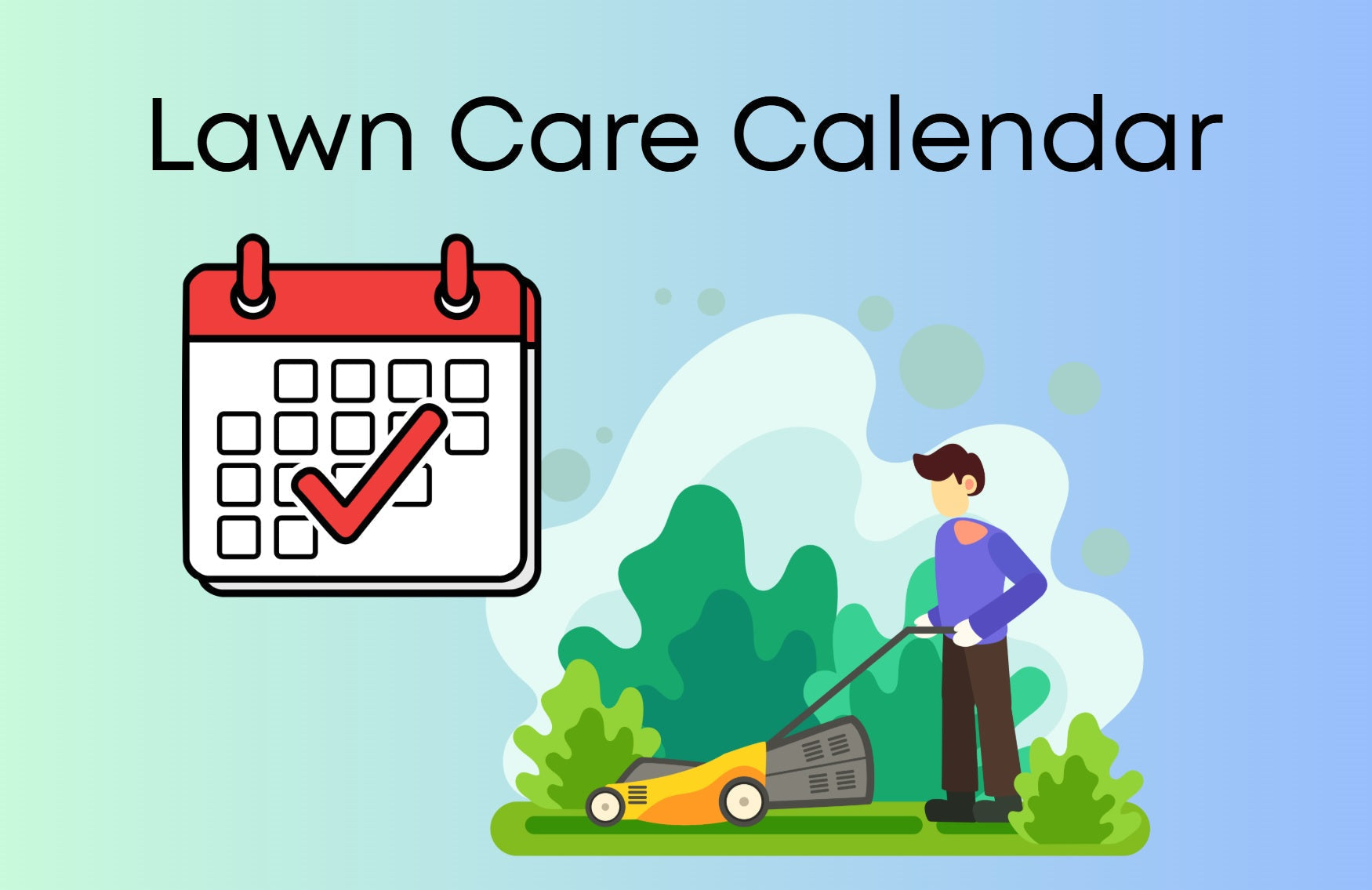
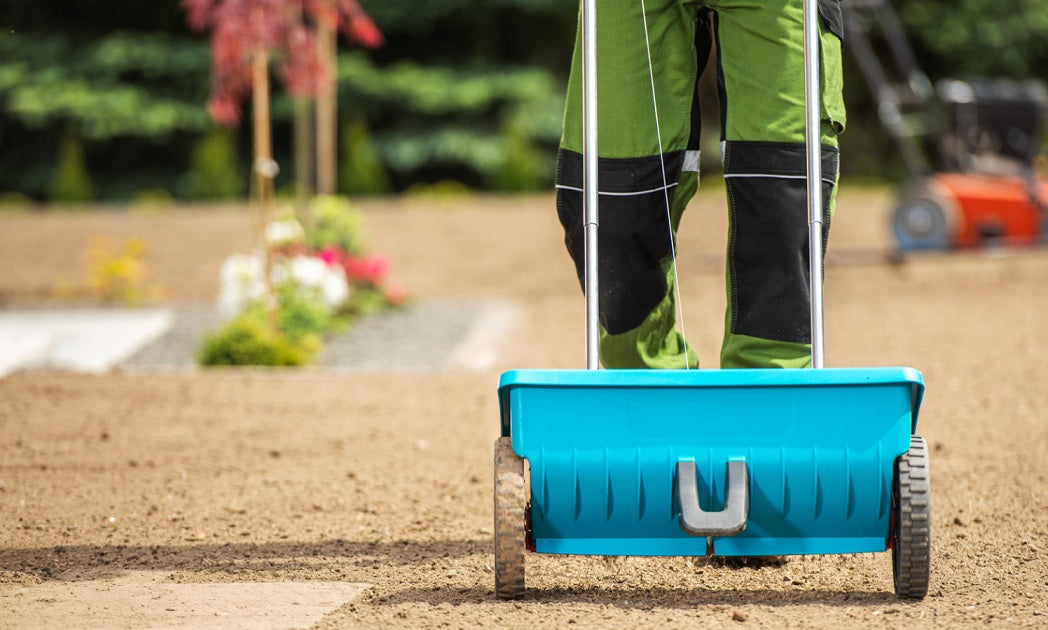
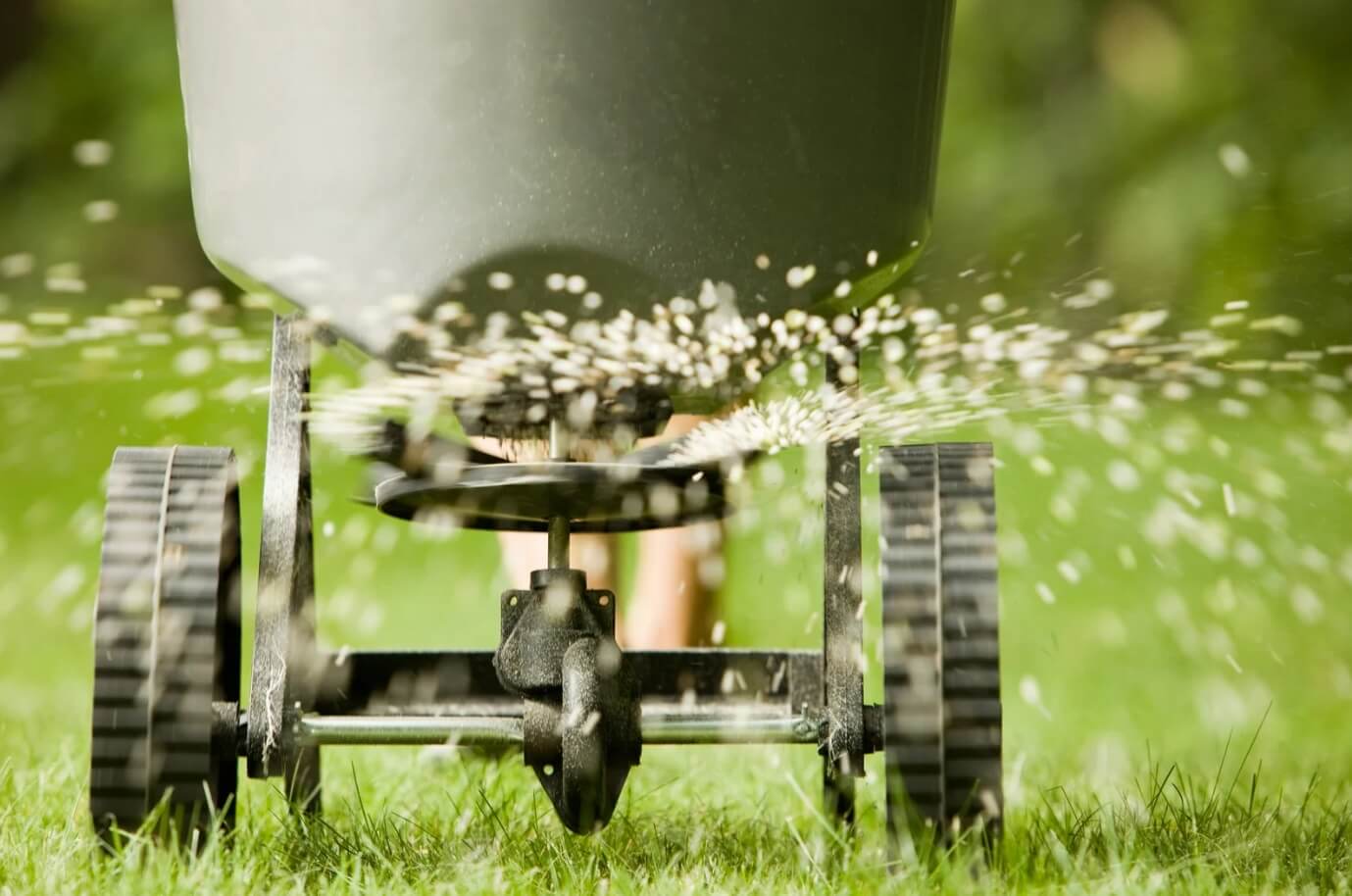
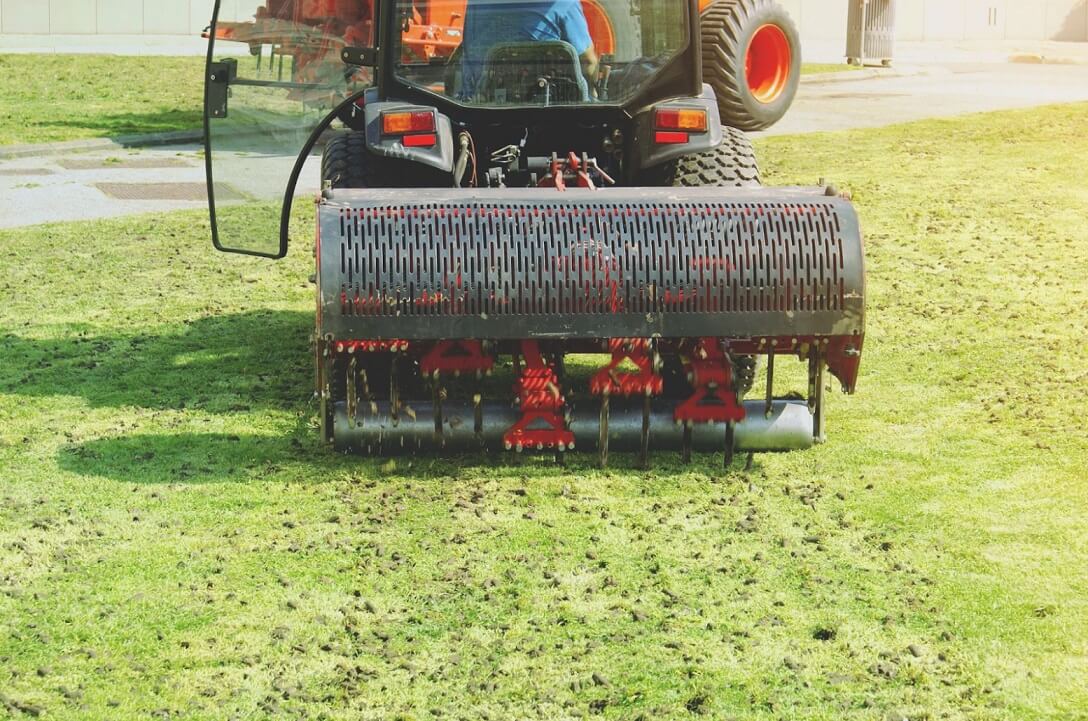
Share: